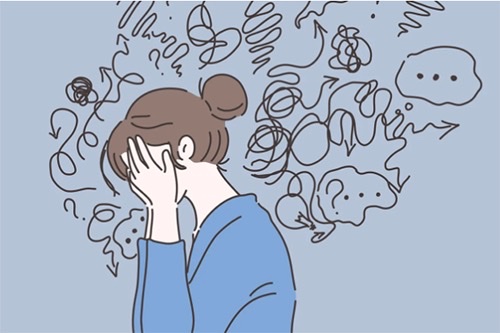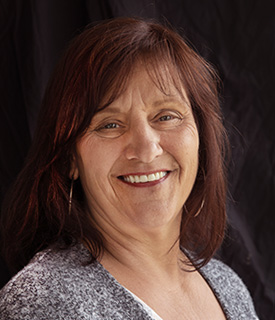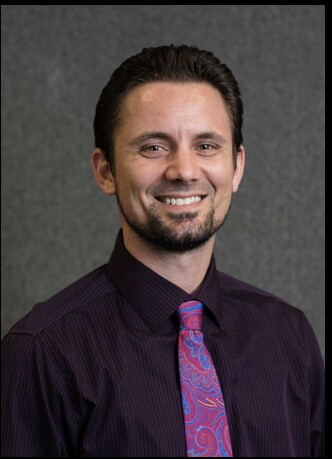General anxiety disorder (GAD) is categorized by extreme anxiety and worry about various activities or events and occurs for at least six months. The unrelenting and uncontrollable worry accompanying GAD can disrupt a person’s life and make it seem as if they are frozen in time.
Individuals with GAD experience worry that overwhelms them. The concerns can quickly generalize to multiple areas of everyday activities, including health, relationships, occupational circumstances, and financial situations. Typically, the persistent worry will eventually stimulate cautious and avoidant behaviors, such as traveling or activities that could be dangerous. Furthermore, an individual’s excessive anxiety makes it more difficult to take chances or try new things.
Signs and Symptoms of General Anxiety Disorder
Individuals who struggle with GAD can experience uncomfortable physical symptoms, such as fatigue and sore muscles, and trouble sleeping or concentrating. GAD is commonly misdiagnosed due to clients complaining of somatic symptoms instead of anxiety. The incorrect diagnosis of GAD impacts 87% of clients with the condition. Instead, they are considered to have some form of mental disturbance that includes neither anxiety disorder nor general anxiety disorder, resulting in incorrect treatment for the client.
The Diagnostic and Statistical Manual of Mental Disorders (DSM-V) provides diagnostic criteria for GAD, including:
- Excessive anxiety and worry for at least six months
- Difficulty controlling the stress and worrying
- Anxiety resulting in significant distress or impairment in social and occupational areas
- Stress does not apply to any physical cause
- Anxiety is coupled with three or more of the following symptoms for at least six months: restlessness or feeling on edge, becoming easily fatigued, difficulty concentrating or mind going blank, irritability, muscle tension, and sleep disturbance.
Individuals with GAD are often highly nervous about daily circumstances such as job security or performance, finances, health, the well-being of family members, being late, and finishing daily tasks. Symptoms can fluctuate over time and can be worse during stressful situations.
Treatments for General Anxiety Disorder
GAD is usually treated with psychotherapy, medication, or a combination of the two. Cognitive-behavioral therapy (CBT) and acceptance and commitment therapy (ACT) are two treatment approaches commonly used for general anxiety disorder.
Many medications can effectively treat GAD, including antidepressants such as selective serotonin reuptake inhibitors (SSRIs), serotonin-norepinephrine reuptake inhibitors (SNRIs), and anti-anxiety medications such as benzodiazepines.
Cognitive-Behavioral Therapy
CBT is an evidence-based form of psychotherapy. It is sometimes referred to as “talk therapy” and teaches the person different ways of thinking, behaving, and reacting to certain situations that help them feel less anxious or worried.
Acceptance and Commitment Therapy
ACT involves a different approach to negative thoughts than CBT. When applying the ACT approach, negative reviews are transformed into positive affirmations through techniques such as mindfulness and goal-setting to decrease discomfort, worry, and anxiety.
While CBT has been used for many years as a practical approach for GAD, ACT is a new psychotherapy treatment, so there is less evidence-based material to determine its efficacy. However, different therapy approaches work for different types of individuals.
Antidepressants
SSRI and SNRI antidepressants are commonly used to treat depression, but they can also help treat GAD symptoms. They can take several weeks to begin working. Additionally, these medications may cause side effects, such as headaches, nausea, or trouble sleeping. The side effects are typically not severe for most individuals, specifically if the dosage starts low and increases gradually over time.
Anti-Anxiety Medications
Benzodiazepines are anti-anxiety sedative medications that can help manage severe forms of GAD. They are very effective for decreasing anxiety quickly, but some individuals build a tolerance and require higher doses to get the same initial effect. However, another type of anti-anxiety medication called buspirone has a lower probability of becoming addictive. Buspirone has to be in the body’s system for three to four weeks for the individuals to see an improvement in symptoms.
When psychotherapy and medication receive the required time needed to be effective, the client should start seeing decreased GAD symptoms. Even though three to four weeks can seem unbearable for someone with overwhelming worry and stress, it is just a moment of servitude compared to a lifetime of freedom.
Seeking Help for General Anxiety Disorder
It can feel overwhelming when searching for help with mental health disorders. The Substance Abuse and Mental Health Services Administration (SAMHSA) offers the Behavioral Health Treatment Services Locator to help find mental health services in your area. In addition, you can find helpful information about treatment facilities that provide specialty care by using SAMHSA’s Early Serious Mental Illness Treatment Locator.
There should be no shame in seeking help for those struggling with mental health disorders. You are not alone. General anxiety disorder (GAD) is one of the most common mental health disorders and impacts more than 20% of adults each year. If you or a loved one are ready to start your journey to recovery, we want to help. Crownview Co-Occurring Institute in Oceanside, CA, delivers psychiatric treatment for many levels of mental disorders. We understand that each client is unique, so we offer individualized treatment plans to guarantee quality care with positive recovery results. We will support you from crisis to independence by providing a healing environment with a compassionate team of professionals ready to help you take back control of your life. Let us help you with evidence-based treatments for a successful long-term recovery. Call Crownview Co-Occurring Institute today at (760) 477-4754 to learn more about treatment services.

 Kimberly Gilkey, RADT-1
Kimberly Gilkey, RADT-1 Timothy Wieland
Timothy Wieland David Abram
David Abram Mark Melden, DO/DABPN
Mark Melden, DO/DABPN Jeffrey Klein
Jeffrey Klein Nathan Kuemmerle, MD
Nathan Kuemmerle, MD Laura Hopper, Ph.D.
Laura Hopper, Ph.D. Rebecca McKnight, PsyD
Rebecca McKnight, PsyD Milena Dun, PhD
Milena Dun, PhD Brieana Turner, MA, LMFT
Brieana Turner, MA, LMFT Brittany Perkins, MA, LMFT
Brittany Perkins, MA, LMFT Joanne Talbot-Miller, M.A., LMFT
Joanne Talbot-Miller, M.A., LMFT Alexis Weintraub, PsyD
Alexis Weintraub, PsyD Kathleen McCarrick, MSW, LSW
Kathleen McCarrick, MSW, LSW Christina Lam, N.P.
Christina Lam, N.P. John P. Flores, SUDCC-IV-CS, CADC II
John P. Flores, SUDCC-IV-CS, CADC II David Dalton, Facility Operations Director
David Dalton, Facility Operations Director Amy Thompson
Amy Thompson Kelly Schwarzer
Kelly Schwarzer Jovanna Wiggins
Jovanna Wiggins Alexandria Avalos, MSW, ACSW
Alexandria Avalos, MSW, ACSW Michelle Ertel
Michelle Ertel Emily Skillings
Emily Skillings Amanda Irrgang, Registered Dietitian Nutritionist (RDN)
Amanda Irrgang, Registered Dietitian Nutritionist (RDN) Gianna Melendez
Gianna Melendez Jodie Dahl, CpHT
Jodie Dahl, CpHT Jordan Granata, PsyD
Jordan Granata, PsyD